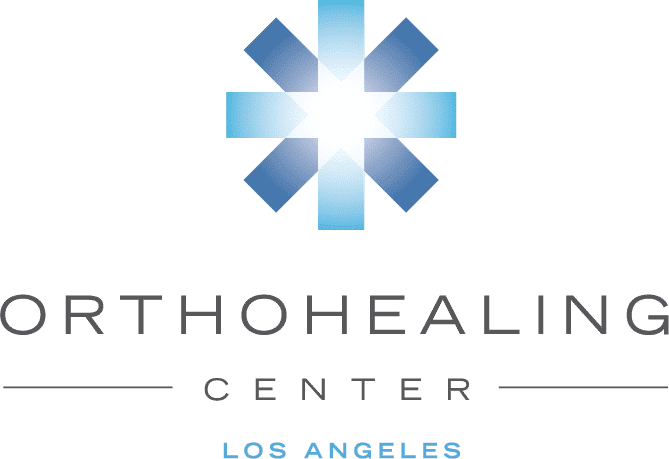Platelet Rich Plasma (PRP) has come a long way since first used by Ferrari and his colleagues back in 1987 for open heart surgery. It is now being applied in a variety of medical fields, from orthopedics, to opthalmology, neurosurgery, and even cosmetics. Along the way, researchers have examined many aspects of Platelet Rich Plasma, in an attempt to discover the most beneficial components and exact mechanisms of the rich cocktail of inflammatory, growth factors, and platelets. Accompanying the myriad of bioactive proteins and growth factors, are also red blood cells (RBC) white blood cells (WBC), which can be present in varying concentrations depending on the patient and the laboratory technique. Current trends in PRP research are starting to examine the effects of Leukocyte (white blood cells) and Erythrocyte (red blood cells) concentrations on the inflammatory response of PRP.
A recent study out of Stanford University, with Dr. Jason Dragoo (a faculty member of the 2014 The Orthobiologic Institute: TOBI) as a principle investigator, examined the effect of PRP formulations and blood products on human synoviocytes. The study pointed out that although significant research has been directed towards PRP‘s effects on chondrocytes (the cells that produce cartilage), because of the hypothesized benefits in cartilage repair and Osteoarthritis, considerably less attention has been devoted to the effects of PRP on synoviocytes. When considering the application of PRP for intra-articular injection, such as a knee joint, it is important to evaluate the effects of PRP and its components on different cell types within the joint.
But first, a little bit about Synoviocytes. Synoviocytes are the cells that make up the synovial membrane, which is a thin two- layered pouch that surrounds the joint cavity. Synoviocytes secrete a viscous liquid known as synovial fluid, which is similar to a natural WD-40 for the joint, helping with lubrication and joint mobility. The synovial membrane is made up of several types of synoviocytes, and a specific type, Fibroblastic-like Synoviocytes (FLS), constitute 80% of the synovial membrane. FLS are particulary important because they produces inflammatory proteins called cytokines and matrix metalloproteinases, which are both known to cause cartilage breakdown, which can lead to osteoarthritis.
This particular study evaluated the release of inflammatory mediators from FLS in response to Leukocyte-rich PRP (PRP with a high WBC count), Leukocyte-poor PRP (PRP with a low WBC count), RBCs, and PPP (Platelet Poor Plasma, which is a portion of blood that contains a very low concentration of Platelets). The study revealed that Leukocyte-rich PRP and red blood cells are cytotoxic to synoviocytes, and caused significantly greater synoviocyte death than the Leukocyte-poor PRP and PPP. In addition, the Leukocyte-rich PRP caused an increase in the pro-inflammatory cytokines IL-1beta and IL-6, while the RBCs showed an increase in IFN-gamma, and the Leukocyte-poor PRP illustrated an increase of TNF-alpha.
Essentially, the study suggests that the interaction of WBCs and RBCs with synoviocytes causes an increase in inflammation or cell death, which could potentially lead to synovial injury, in the case of an injection of Leukocyte-rich PRP or an intra-articular bleed. Although more studies are needed to fully evaluate the effects of PRP components on synoviocytes, this study sheds light on the importance of PRP classification. It suggests that clinicians consider using Leukocyte-poor PRP and RBC-free formulations of PRP for intra-articular injections. Studies such as this are helping to uncover the mechanisms of PRP, and could eventually lead to a better understanding of the most beneficial components and concentrations of Platelet Rich Plasma to maximize its healing potential.
As PRP research continues to evolve, the Orthohealing Center will strive to remain as a pioneer in the field. We apologize for the complex nature of this article, and it may be a little too much science for most, but we believe it is important to keep our patients up to date with the most current advances in the field. The image just above on the right is an image of the Orthohealing Center’s centrifuge for extracting PRP, and the image on the left shows the blood after it has been separated by the high speed spinning. For more reading material on PRP research, check out our research section.
Stay connected on Twitter and Facebook for more up to date research and health articles!



